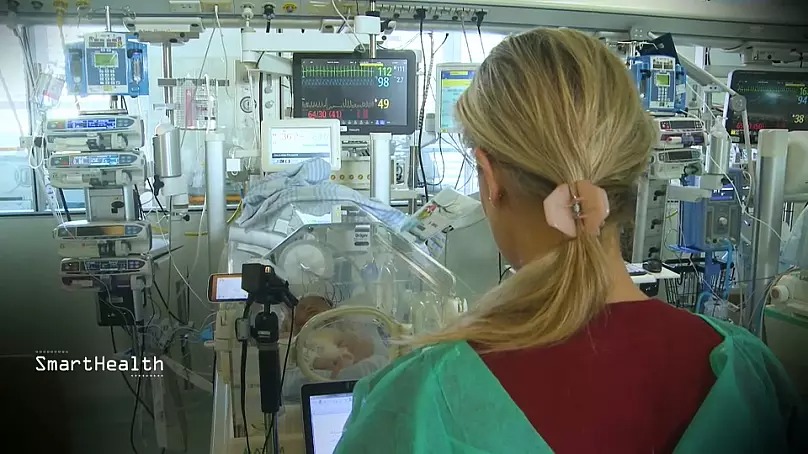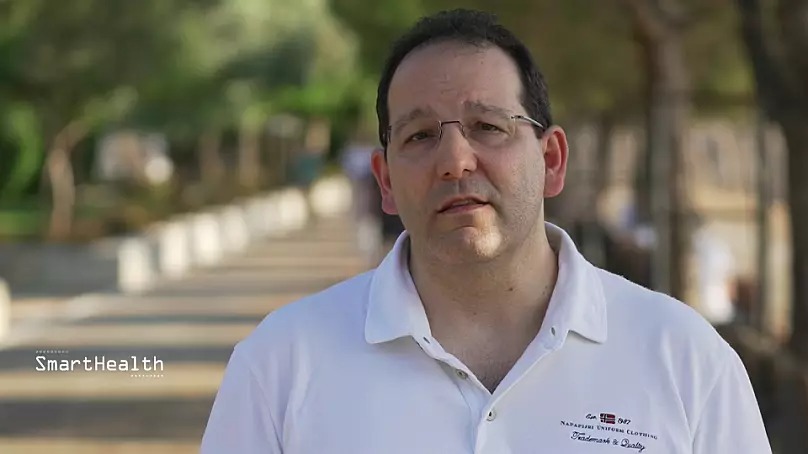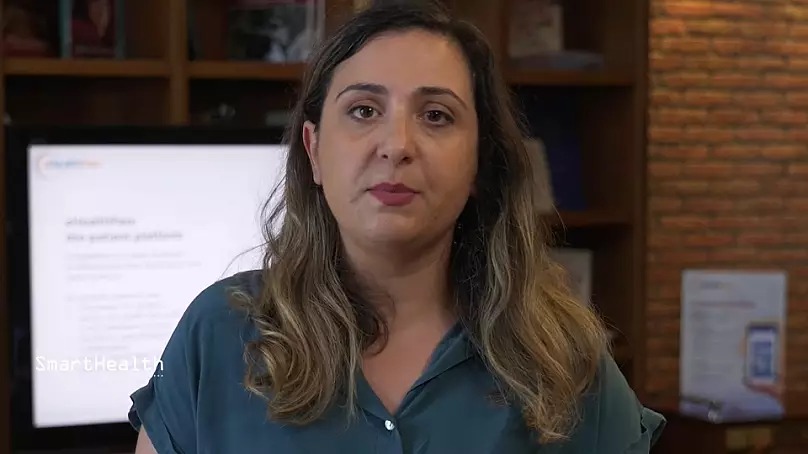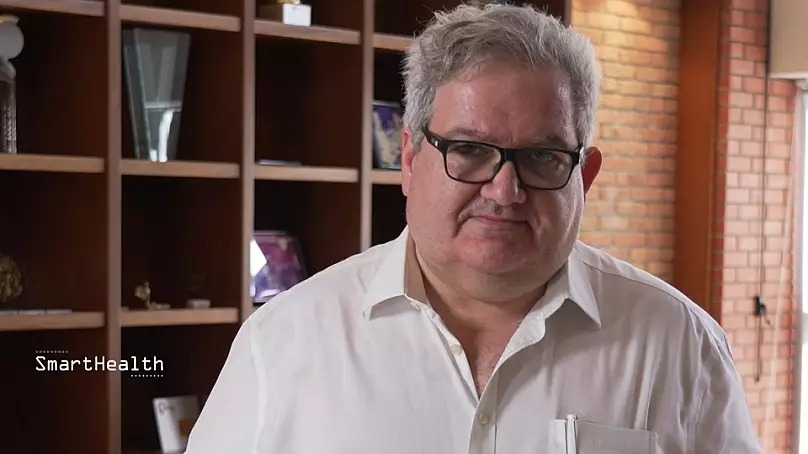Digitisation and data sharing will strengthen European health systems and the health industry. We show you how companies in the health sector are using it to improve their products and services, which will also benefit EU citizens. Read more about the e-revolution of the health sector in this smart health episode.
Every day, millions of medical data are generated by healthcare workers in Europe. But this information is not being used to its full potential.
The European Health Data Space (EHDS), launched by the European Commission in May, aims to close this gap. It will facilitate access to health data for patients and professionals (WEB: at home and abroad), and create the technical conditions for secure use of this information to promote research and innovation.

Using health data
There are two ways to use the health data:
- Use in connection with health care, e.g. a visit to the doctor, is called primary use.
- Secondary use refers to information processed under strict security and confidentiality conditions, e.g. for policy making or improving health products.
Practical benefits using the example of Greece
In Greece, we looked at how this can work in practice. Initiatives such as Integrating the Healthcare Enterprise, or IHE for short, aim to standardise and harmonise the exchange of data between IT systems in the healthcare system

“In the European market, the e-health sector and companies face several obstacles,” said Alexander Berler, director of strategic business development at IHE Catalyst AISBL. “The eHealth sector is a fragmented market to the detriment of European citizens, unlike in the US and Asia. “
eHealthPass continues to facilitate the piloting activities in @H2020Shapes . The solution is adapted to monitor older people with mild cognitive impairment and will be piloted in two sites in Portugal and Ireland.
➡️https://t.co/pNd7oaXI5j
➡️https://t.co/8cz9xCURdyeHealth– Gnomon Informatics (@gnomonsa) July 7, 2022
The European digital health market is worth around €40 billion and continues to grow. For companies like Gnomon Informatics, which specialises in electronic health products such as the eHealthPass, a coordinated exchange of data would finally open the doors to a pan-European market that would benefit both patients and companies.

“The digitisation of medical data is very important for both European citizens and the rest of the world,” says Korina Papadopoulou, Head of Product Development at Gnomon Informatics. “A patient can have all his medical data and his medical records on one device. This way, he can carry the data with him when he travels through different countries and share it in with every clinic and with every doctor.”
By improving interoperability between healthcare providers across Europe, it is also possible to avoid duplication of examinations, which has a positive impact on healthcare costs and patient care.

Gnomon Informatics Managing Director Kostis Kaggelidis says: “The use of a European Data Space is the right way to build e-health systems. This sets the direction for Europe to create an e-health industry and quality services. “
HL7 – an instrument for the international level
“Health Level Seven” is a set of international standards that serve as a guide for the transmission and exchange of data between different healthcare providers. The HL7 standards were developed by Health Level Seven International, a non-profit organisation supported by more than 1600 members from over 50 countries, including healthcare providers, government stakeholders, pharmaceutical companies, etc.
